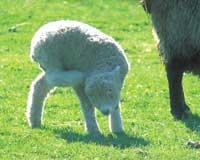Cat, that wild animal of the house
2004/05/16 Rementeria Argote, Nagore - Elhuyar Zientziaren Komunikazioa
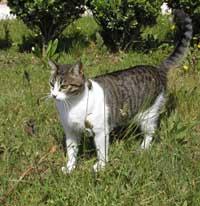
Pixkor arrives. It has spent the morning outside home and today also brings us a gift: a lizard. When he enters the portal he leaves him on the ground and begins to play, and after letting him escape, he launches. It seems cruel, but his instinct forces him and our amapina is a great hunter.
The truth is that to live you do not have to hunt, you have at home everything you want. But it seems that he cannot resist the instinct, and it is customary to bring home a mouse, a bird or a lizard. That sense has inherited him from his ancestor, the wild cat, and his closest relatives, because the grandparents of Pixkor did not lose the sense of the hunter, since the peasants accepted him at home for being excellent mouse hunters.
So far it has been believed that the Egyptians married cats. In fact, the oldest remains of the cats of the house were about four thousand years ago and those found in Egypt. It is evident that that people had admired cats. They had more than one god in the form of a cat; the goddess of fertility, like Desb or Bastet, had the chief cat; and any goddess who was Desb, was the daughter of the great Ra. In addition, mummified cats have been found in temples and catacombs, which is, without a doubt, a sign of respect for them.
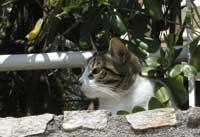
But, apparently, Pixkor's ancestors were already part of man's domestic environment. A newly searched footprint shows it. This footprint is the oldest house-bone that has been found so far, 9,500 years ago, at the same time when man was carved.
Cyprus is found with the skeleton of this cat, buried in the same tomb of a young man. By its appearance, the skeleton could belong to a cat, but the burial with the man indicates that it had a relative. In addition, the skeleton of the cat has no signs of death or sacrifice. Apparently, that man wanted to have by his side in the next life.
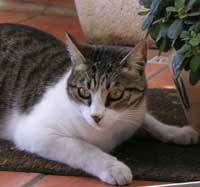
It has also contributed to the discovery of the oldest footprint of the home cat in Cyprus. In fact, Cyprus is an island in which it is believed that the first settlers were from the continent, near Turkey. This happened ten thousand years ago, in the Upper Neolithic. They cultivated the wheat brought from the continent and cultivated the livestock they brought with them, goats, deer, sheep and pigs. They also carried the dogs, and it is to suppose that they also brought the cats of the continent. It is possible that the domestic cat has remained more than ten thousand years with the man.
Perhaps from the very moment when the man became a peasant the cat approached the villages. It is reasonable to think that in the warehouses of seeds and crops, mice, followed by cats, would be collected. Being so useful not to lose the harvest of so many labor costs, the peasants would have enthusiastically taken the cats and wanted to take them wherever they went. Thus, little by little, he became accustomed to live next to the man, the wild cat went up and became a domestic cat.
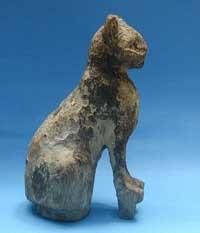
But the house cat did not lose the sense of the wild animal, as it was necessary to hunt mice. That was the function of the cat: the hunting of the mouse. As a counterpart, the man took him into his house and allowed him to sleep by the fire and collect the frictions of the premises.
But in all places and times it was not so well received. Remember that in the Middle Ages cats were burned as helpers of witches and sorcerers. His nocturnal abilities, his sensual and attractive ways of walking made the authorities who accompanied the devil think. However, they paid for their weakness the population of cats, since the mice and rats grew enormously and with them the diseases.
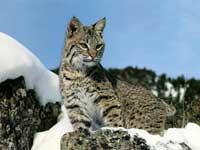
Today, many beliefs have not been forgotten about the cat, but it has spread to the whole world. And not only for his skill as a hunter of mice, but also for his loving character. In many houses, despite not being afraid of mice, the cat is very dear. She is playful and caressing, does not give much work, knows how to govern perfectly.
Our Pixkor is also. Occasionally it carries out some kind of revolt, either by wild animal instinct. But from today there is no excuse, ten thousand years later it is time to learn to walk honest. To see, amapina, leave the poor lizard in peace and enter home.
Published in 7K.

Gai honi buruzko eduki gehiago
Elhuyarrek garatutako teknologia





